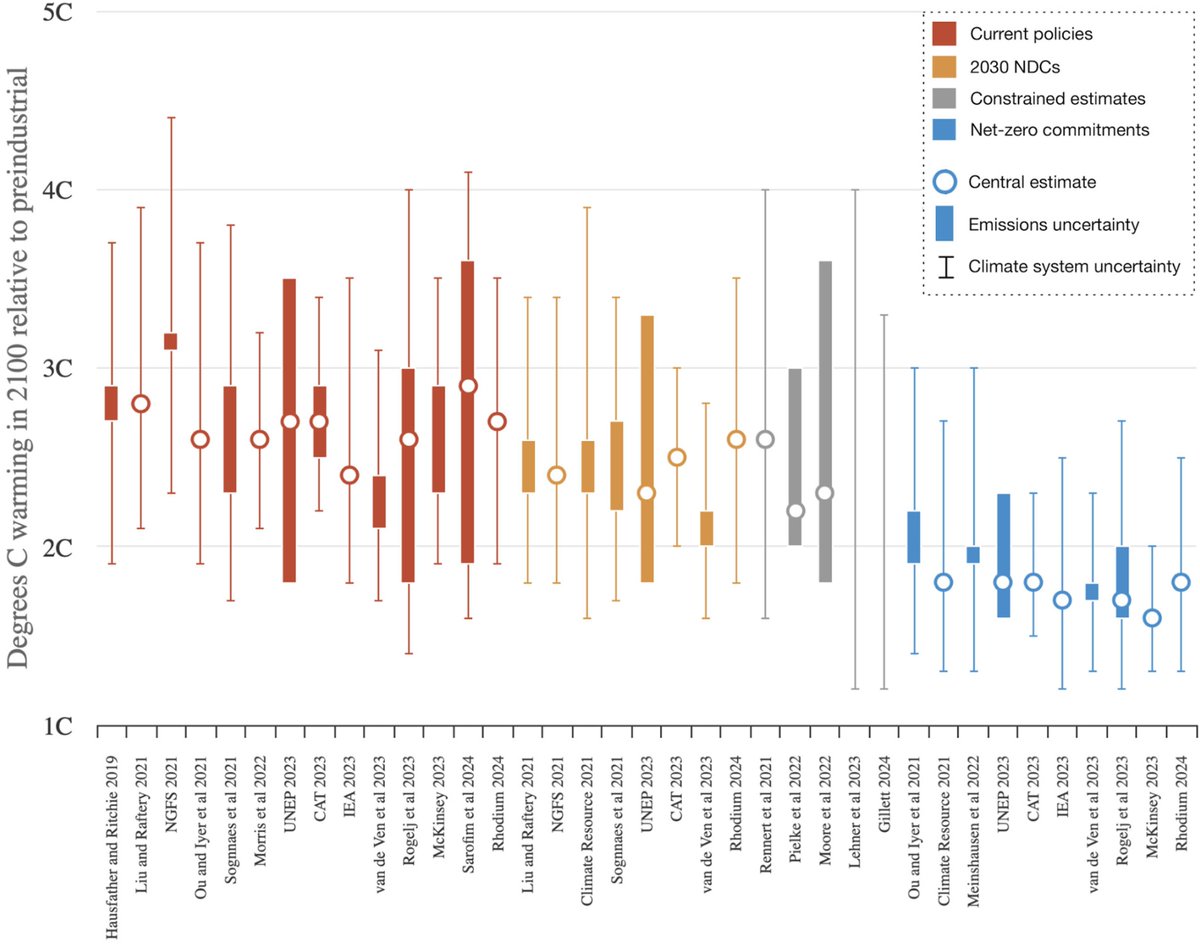2021 is off to a cooler start, with the seventh warmest Jan-April period since records began in the mid-1800s.
That said, it is still warmer than 164 of the 171 years on record, showing just how much human activity has changed what seems normal. carbonbrief.org/state-of-the-c…
That said, it is still warmer than 164 of the 171 years on record, showing just how much human activity has changed what seems normal. carbonbrief.org/state-of-the-c…

Based on the first four months temperatures and the El Nino/La Nina forecast, @CarbonBrief estimates that annual 2021 temperatures also gave the best chance of ending up as the 7th warmest year on record – and its very likely to be somewhere between the fourth and ninth warmest. 

We do not expect every year to set a new record in a warming world, as a lot of year-to-year variability is influenced by El Nino and La Nina cycles. The moderate La Nina event in late 2020 and early 2021 is contributing to cooler temperatures, though its is quickly fading: 

Observations are still running pretty close to the average projected by all the climate models (CMIP5) included in the last IPCC report: 

Sea ice is on the low end of the historical range (1979-2010) in the Arctic, and is close to normal in the Antarctic so far this year: 

• • •
Missing some Tweet in this thread? You can try to
force a refresh




















